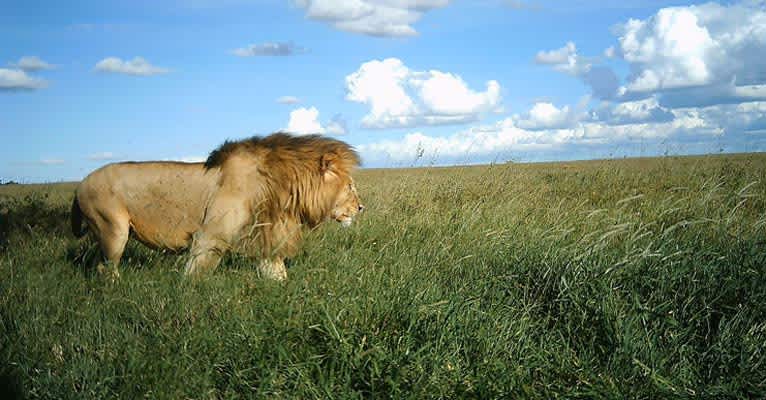Scientists Crowdsource Identification of Serengeti Wildlife Through Camera Trap Images
OutdoorHub Reporters 12.14.12

It’s one of the largest camera surveys in one of the world’s largest wildlife parks. Across the Serengeti National Park, hundreds of camera traps were set to learn how different species interact across Tanzania’s 5,700 square mile park.
The Snapshot Serengeti project is an outgrowth of the University of Minnesota’s Lion Research Project, which has been monitoring lions for over 45 years. Snapshot seeks to understand how an entire community of large animals interacts to better comprehend interspecies dynamics. The project’s about page states:
Understanding how competing species coexist is a fundamental theme in ecology, with important implications for food webs, biodiversity, and the sustainability of life on Earth. Much of our current research focuses on how carnivores coexist with carnivores, herbivores with herbivores, and the joint dynamics of predators and their prey. These insights will guide strategies for species reintroduction, conservation, and ecosystem management around the world.
After snapping millions of photographs from a grid of 225 camera traps in the park, scientists have called on the public to help identify the species. People can help identify animals via an interactive website, which has just recently launched.
Check out some of the images the cameras have trapped below.





The project is organized by the Zooniverse project, led by the University of Oxford, the Adler Planetarium and numerous other organizations. Zooniverse has conducted similar projects to classify ocean floor life and cancer samples.

